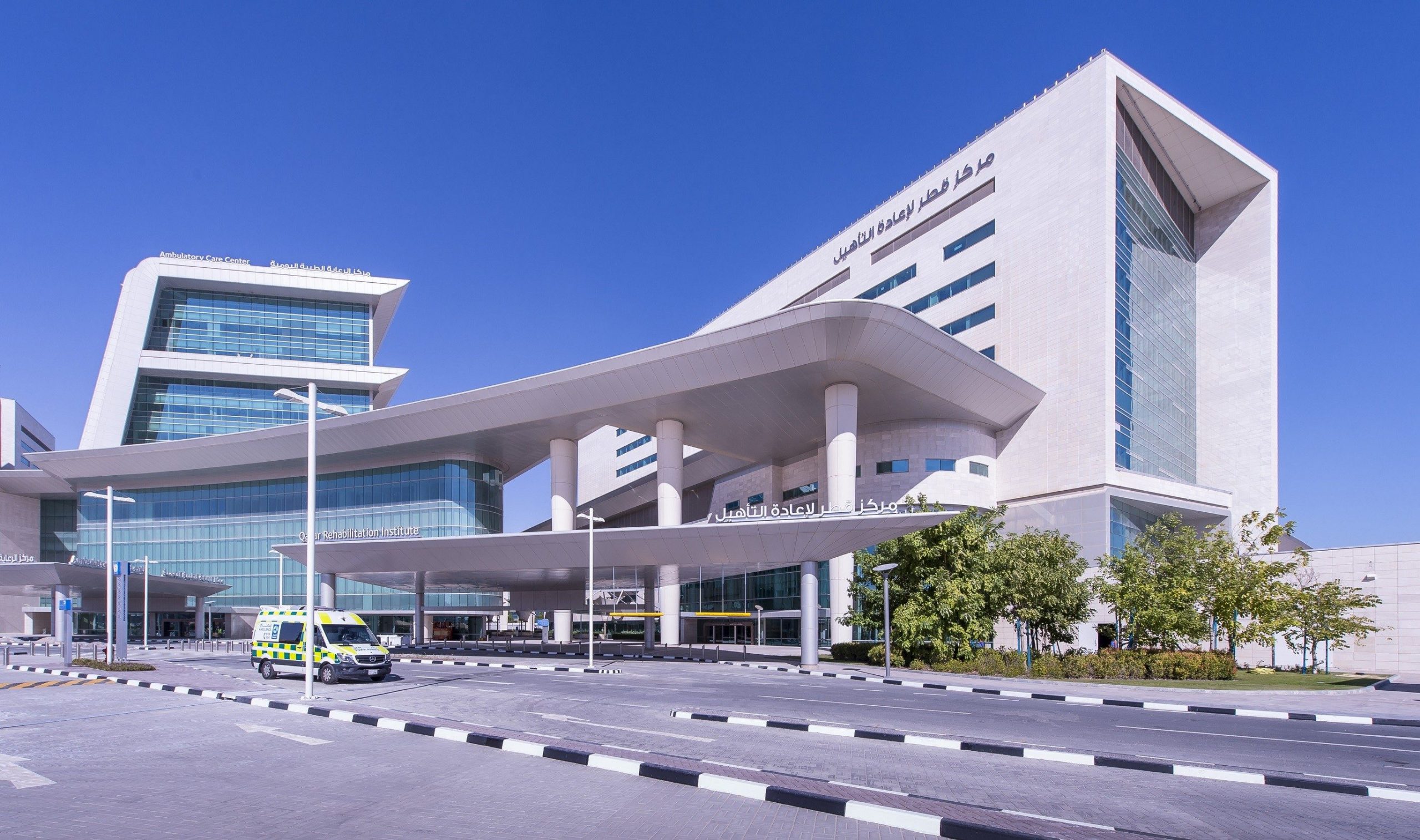The surgery is the first of its kind in the Gulf country.
Qatar has performed its first-ever robotic pancreatic surgery on a female patient diagnosed with a cystic lesion of the pancreas— a group of pancreatic lesions characterised by a cystic appearance.
The surgery was conducted by an expert multi-disciplinary team from the Hepatobiliary-pancreatic and liver surgery department at Hamad Medical Corporation (HMC) using the latest surgical robotic system Da Vinci XI robot platform.
“This robotic surgery represents a new milestone in our efforts to provide the very best surgical care and treatment in Qatar,” said Dr. Hany Atalah, Director of Robotic Surgeries at HMC, who supervised the procedure.
“This remarkable success is a major step in HMC’s ongoing success in developing advanced treatment options for patients needing surgery. The induction of robotic surgery as a treatment option today means that our patients can successfully receive their treatment here in Qatar instead of traveling abroad.”
Prior to the treatment, the patient had complained of pain and discomfort in the upper abdominal region and hypogastric area. She was then urged to undergo a Computerised Tomography (CT) scan and Magnetic Resonance Imaging (MRI), which helped medical experts evaluate the cyst in relation to the pancreatic duct.
The imaging also showed that the patient had the pancreatic cyst for more than a year, which had gradually increased in size.
Groundbreaking surgery helps child suffering from Apert Syndrome
The patient was then admitted to Hamad General Hospital and soon became the first in Qatar to undergo a robotic distal pancreatectomy and splenectomy (removal of part of the pancreas and spleen) using the advanced surgical robotic system.
The procedure was performed by Senior Consultant Dr. Ahmed Elaffandi and Associate Consultant Dr. Ibnouf Sulieman from HMC’s Hepatobiliary Surgery Department.
The surgery was completed faster than the traditional approach and with minimal blood loss. Recovery time was also cut short thanks to the surgery’s success, HMC added.
Dr. Atalah also emphasised that the modern approach provides post-operative pain, allowing the patient to regain digestive flow and a better quality of life.
“Using this robotic approach, surgeons can complete the procedure in less time than the laparoscopic method with additional benefits that the da Vinci Robot provides,” said Dr. Atalah.
“The da Vinci robot offers more precise and ergonomic capabilities using magnified 3D HD vision and its articulated robotic arms controlled completely by the surgeon.”
After the removal of the cyst, the pathology department examined it and concluded that it was benign, not cancerous. The patient then had a full recovery and was sent home in excellent condition.
“We now challenge further advances in developing our knowledge and expertise in this specialty to increase patient satisfaction. Our ultimate goal is to ensure the best quality care in line with HMC’s commitment to providing the safest, most effective, and the most compassionate care to its patient,” the health expert said.







